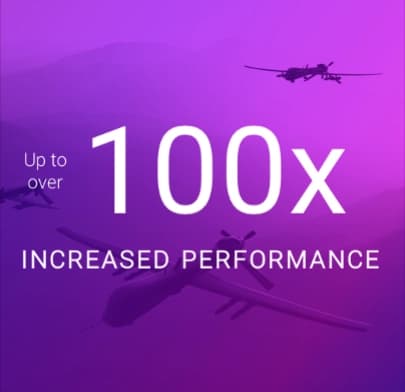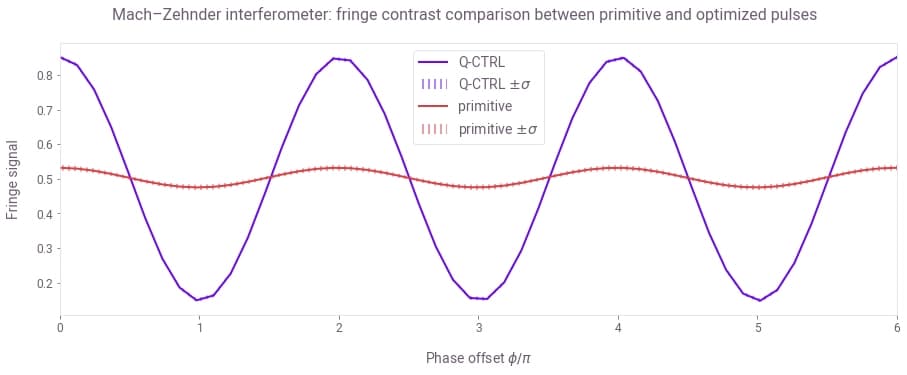Use Boulder Opal for quantum sensing
An introduction to the application of Boulder Opal for augmenting the performance of quantum sensors in real environments
Quantum sensing provides an opportunity to exploit the nominal fragility of quantum systems to detect magnetic, electric, gravitational fields and motion with exquisite sensitivity. Nonetheless, typical systems can suffer up to 1000X performance degradation when moved from pristine laboratory environments to field-deployed environments.

Boulder Opal provides you with tools to extract more—and more useful—information from quantum sensors operated in real environments. In these circumstances, the systems are subject to internal hardware imperfections, platform noise, and background clutter which can render the quantum sensors useless. Boulder Opal allows you to improve hardware at the software level, achieving maximum performance and enabling autonomy for any hardware device.

Augmenting sensor operation with quantum control delivers major benefits. You can increase dynamic range by rejecting platform noise and background clutter; reduce hardware SWaP by trading hardware shielding for software stabilization; and improve system stability and lifetime through augmented hardware efficiency.
In quantum sensing all three tasks of System Identification, Control Design, and Performance Verification in concert can unlock adaptive, self-certifying, and autonomous quantum sensing, whereby unanticipated changes to the signal and environment are identified and accounted for in real-time; the very heart of "software-defined" quantum hardware. Specific forms of these tasks include:
- Designing robust operations to suppress platform noise. For instance, integrating robust control into atom interferometers mitigates the impact of transverse acceleration, Doppler broadening, and laser phase noise. Or for improving signal-to-noise in NV-based magnetic microscopy subject to device inhomogeneities.
- Performing closed-loop hardware optimization for efficient tuneup in order to maximize sensor life and improve autonomy. For instance, closed-loop automated optimization for efficient BEC loading or augmented BEC optical depth.
- Performing provably optimal frequency domain spectral estimation using optimized narrow-band controls and efficient machine learning techniques for data fusion. This may be applied in, for instance, NV-based magnetometry capable of rejecting out-of-band background clutter that typically arises in dynamic-decoupling probe approaches to noise spectroscopy.
- Simulating sensor performance in realistic environments subject to time-domain fluctuating signals and noise, and incorporating open-system dynamics to account for incoherent processes in sensor measurement. You can incorporate complex multilevel quantum dynamics in order to accurately predict sensor outputs even in complex time-varying environments.
- Designing controls that fundamentally augment the base performance of quantum sensor hardware. For instance you can design operational protocols that maximize the scale-factor for a given space-time area, minimize leakage of states outside of the subspace contributing to measurement, and even enable novel forms of multi-port interferometry leveraging manipulation of arbitrary quantum systems.
To begin taking advantage of Boulder Opal for quantum sensing, check out our Get started guide for installation and initialization instructions and you'll be on your way!
